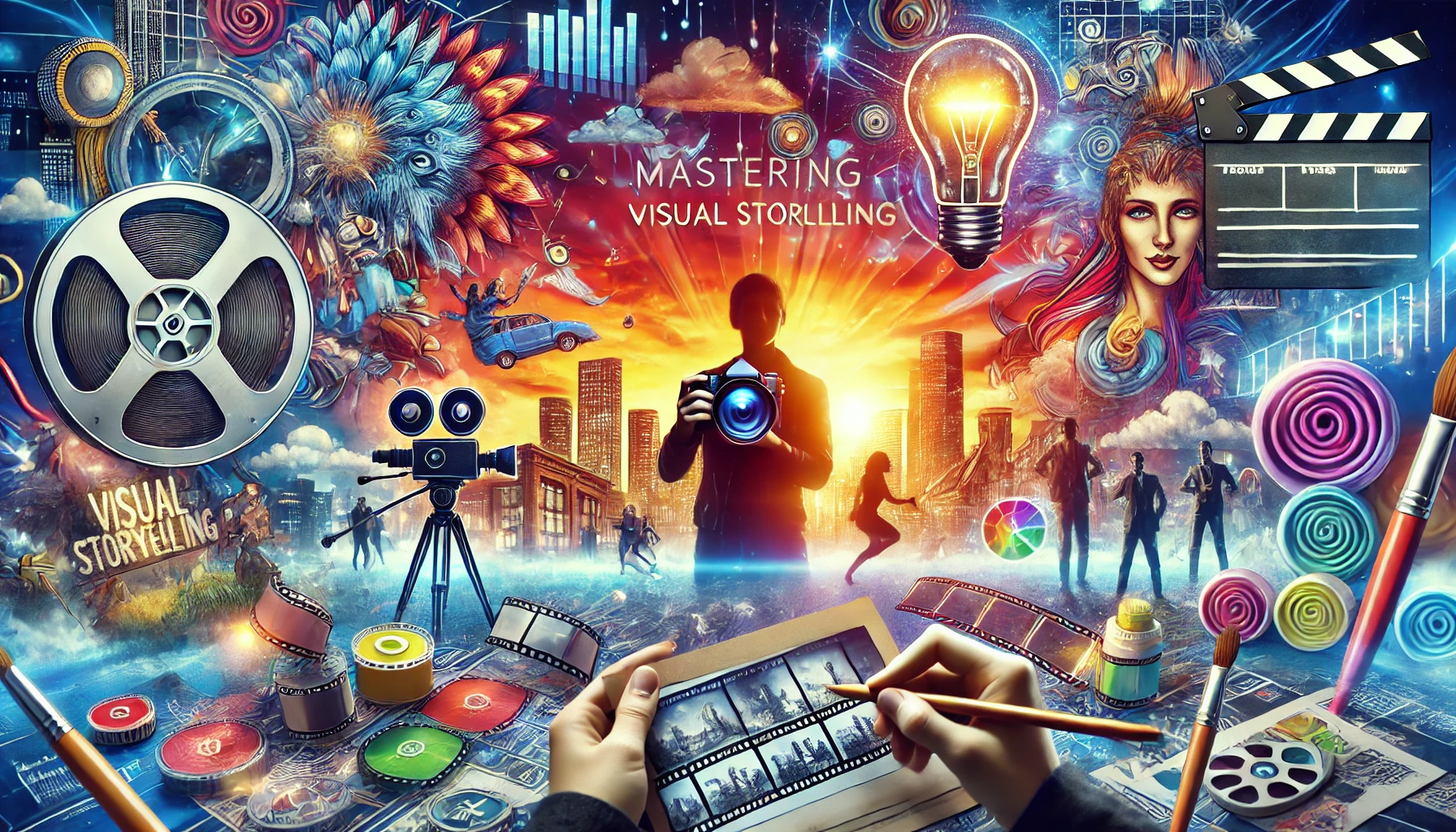
1. Use color wisely: Color can evoke emotions and set the tone of your story. Understand color theory and use complementary colors, contrasts, and color palettes to enhance the mood and message of your visuals.
2. Leverage Lighting: Lighting can dramatically alter the atmosphere of your visuals. Experiment with natural and artificial light sources to create depth, highlight important elements, and convey different moods.
3. Integrate Movement: Movement can guide the viewer’s eye and add dynamism to your story. Use techniques like panning, zooming, and tracking shots in videos, or dynamic angles in still images, to create a sense of action and flow.
4. Tell a Story with Each Frame: Ensure each visual element contributes to the overall narrative. Every image or frame should have a purpose, whether it’s to build context, highlight a character, or advance the plot.
5. Focus on Composition: The arrangement of elements in your visual frame can significantly impact the viewer’s experience. Use techniques like the rule of thirds, leading lines, and symmetry to create balanced and intriguing compositions.
6. Edit with purpose: Post-production is where your story truly comes together. Use editing techniques to enhance the visuals, maintain continuity, and ensure the final product aligns with your narrative vision.
Dive into the world of visual storytelling and enhance your creativity with these tips. Happy creating!
